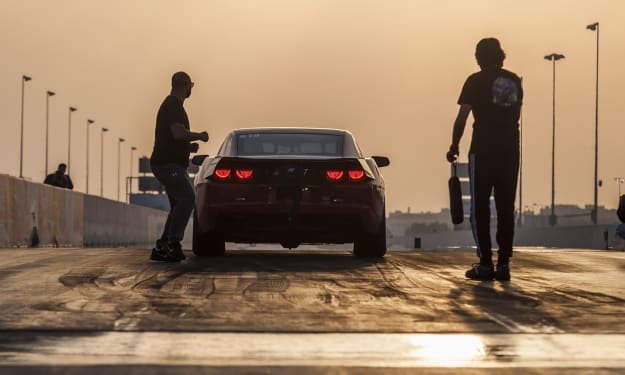Why did Honda decide to end the short-lived flagship sports car NSX?
This month, Honda suddenly announced that it will stop production of its flagship sports car NSX in December 2022, and will launch the final performance version of the NSX type s, limited to 350 units worldwide, as a farewell gift to NSX fans around the world.


Media jp also commented on Honda's operating model
Production of the first-generation NSX began in 1990 and ended in 2005. The product life cycle is up to 16 years. However, it will take more than 10 years to see the second-generation NSX. In 2016, the second-generation NSX was born. It is a mid-V6-engine sports car similar to the first generation, but the overall power and mechanical structure operating mechanism is very different from the first generation. A 3.5L V6 twin-turbo engine and a Honda single-door three-motor sports hybrid sh awd make the front axle a four-wheel-drive system powered by an electric motor.

Although Honda is very sincere in launching the final performance version of the NSX Type S, which is limited to 350 units worldwide, everyone is still surprised that Honda has accepted the NSX so early. That's because the NSX, which was only released in 2016, is a sports car entirely based on a modern new platform compared to the Nissan GT-R and Fairlady Z sports cars that are still on sale today.

Also, the NSX is a hybrid vehicle. Even with a strong comprehensive power of 581ps/65.9kg-m, its WLTC fuel consumption test has reached a very good 10.6 km/L, compared with the second-generation Subaru BRZ equipped with a 2.4-liter four-cylinder horizontal orientation, with a maximum horsepower of 235ps and a maximum torque of 235ps. 25.5kg-m, while the BRZ's WLTC fuel consumption test is only 11.7. So as a supercar, the NSX's fuel economy is excellent. For the electrified era, most people think the NSX may outlive the R35GT-R

Honda discontinued the NSX for two main reasons.
1. Honda's Environmental Policy
Honda said that by 2040, its production vehicles will be left with only electric and fuel cell vehicles, and no combustion engine models at all, including hybrids. In line with this corporate goal, the NSX was deemed to have completed the phased tasks, and thus production will end.

2. Sales volume NSX is too low
In preparation for production in 2016, Honda said the North American plant in Ohio will produce 1,500 vehicles a year, 100 of which will be sold in Japan. According to this sales target, the total global sales in the five years from 2017 to 2021 should reach the milestone of 7,500 vehicles in the world and 500 in Japan, but in fact, by July 2021, the global production is only 2,558 vehicles and 464 in Japan. Although the Japanese market is quite close to the target, sales in the global market are only 34%

The reason for the low sales is the difference in price and user demand.
When the first-generation NSX went on sale in 1990, it was priced at 8.3 million yen (about 2.08 million Taiwan dollars). Even after the minor facelift in 2002, it was only priced at 9.2 million yen (about 2.31 million Taiwan dollars). But when it came to the second-generation model, the price immediately rose to 24.2 million yen, an increase of 2.6 to 3 times over the previous generation.

In other words, from the data point of view, the first-generation model is undoubtedly the class distance of the mid-level sports car in terms of power performance and price. While the second-generation NSX offered the sleekest hybrid powertrain, the product has become a full-fledged supercar in terms of looks, performance and price. However, NSX is starting to create a perception gap between consumer demand and the product. As a super sports car that competes with the world, it must not only have performance strength, but also brand value. Compared to Italian or other European supercars, the NSX has slightly less brand power with Honda or Acura.
But essentially, the NSX is equipped with 4WD with an electric motor driving the front wheels, with excellent ride stability and excellent acceleration. In addition, the gasoline-electric hybrid system makes the overall fuel consumption quite good. From this point of view, the current second-generation NSX is an excellent sports car, but due to the gap in user demand, sales have been sluggish.





Comments
There are no comments for this story
Be the first to respond and start the conversation.